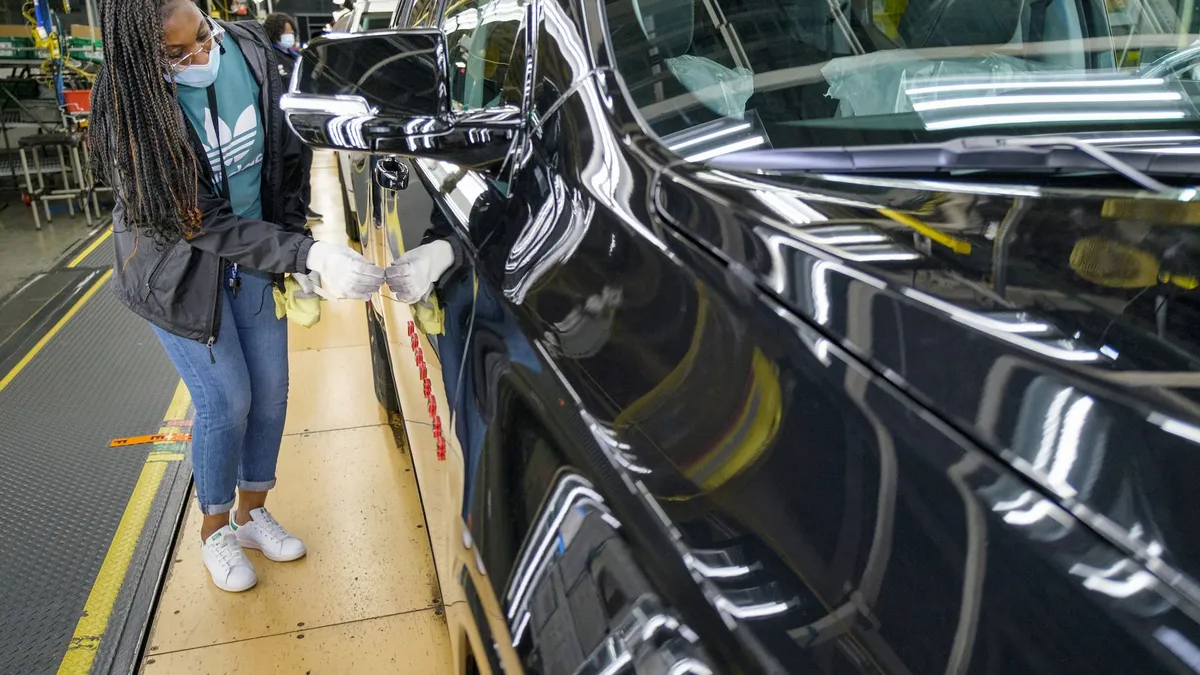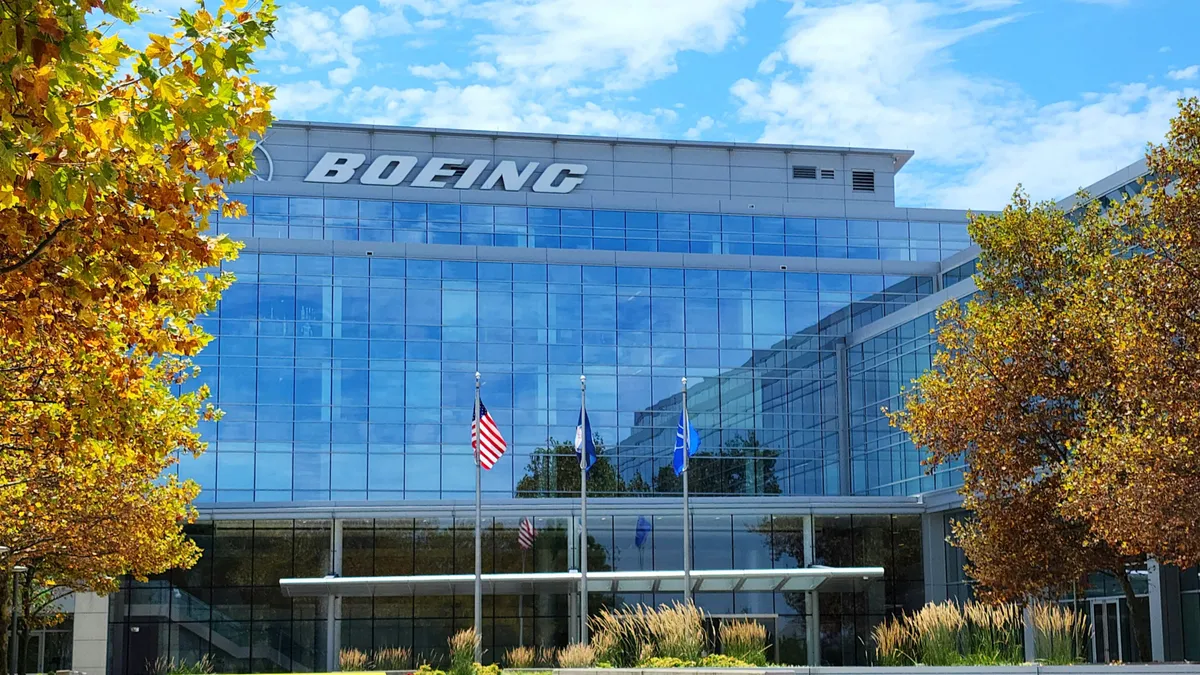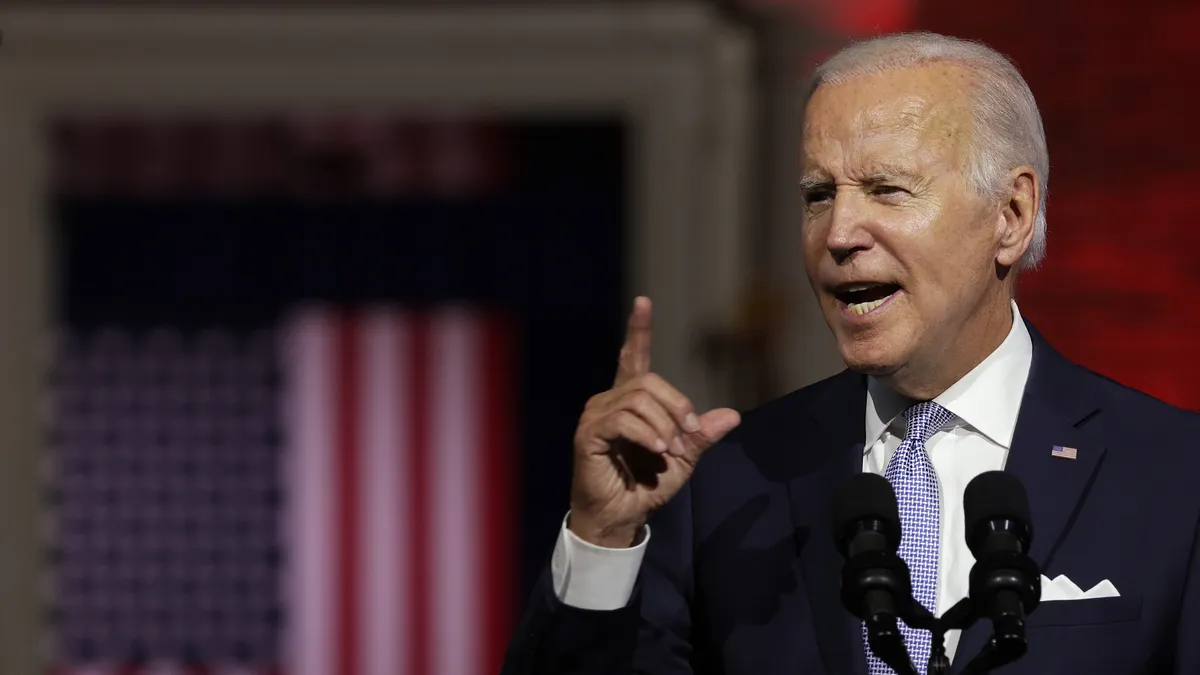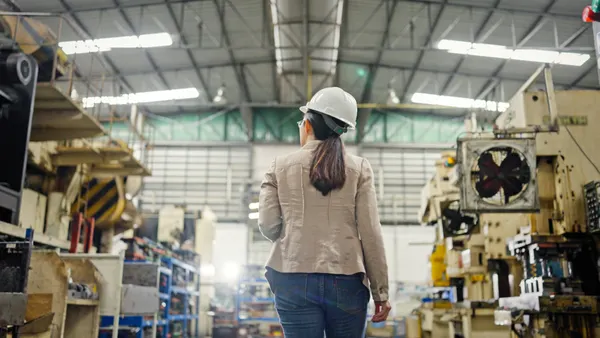General Motors, Ford Motor Co. and Stellantis temporarily laid off over 800 additional autoworkers due to the ongoing United Auto Workers strike.
Stellantis furloughed an additional 570 employees at its Toledo Assembly Complex in Ohio. The temporary layoffs include 520 workers at the Trenton Engine Complex in Michigan and 50 workers at the Kokomo Casting Plant in Indiana. The automaker previously laid off 70 workers at the Toledo Machining Plant in Ohio, bringing its total UAW strike-induced furloughs to 640 employees.
Meanwhile, 300 Kokomo Transmission and Kokomo Casting Plant employees returned to work Monday after Stellantis temporarily laid them off in September.
GM furloughed about 200 more employees due to targeted strikes at its assembly plants in Wentzville, Missouri, and Lansing, Michigan. Starting this week, employees at GM’s Toledo Propulsion Systems plant in Ohio, Lansing Regional Stamping plant in Michigan and Marion Metal Center in Indiana will stop reporting to work.
GM does not expect them to return to work until the strike ends, the automaker said in an emailed statement. So far, GM has furloughed more than 2,300 autoworkers at six facilities in the U.S. since the UAW strike began last month.
“It is unfortunate that the UAW’s decision to call strikes at Wentzville Assembly and Lansing Delta Township Assembly continues to have negative ripple effects,” GM said.
Ford also furloughed 71 autoworkers at its Livonia Transmission Plant in Michigan. It’s temporarily laid off 1,865 employees since the UAW strike started.
“While we are doing what we can to avoid layoffs, we have no choice but to reduce production of parts that would be destined for a plant that is on strike,” Bryce Currie, vice president of Americas manufacturing and labor affairs at Ford Blue, said in an emailed statement. “Strike-related layoffs are an unfortunate result of the UAW’s strategy.”
The UAW has been on strike since Sept. 15, when its contracts with the Big Three automakers — GM, Ford and Stellantis — expired. However, rather than a full member walkout, the union has asked members to strike at targeted locations as part of its “stand-up strike” against the automakers.
The roving strikes aim to “keep the companies guessing” and to give UAW negotiators more power at the bargaining table, UAW President Shawn Fain said last month.
The strategy has disrupted manufacturing operations at all three automakers, leading them to temporarily lay off workers at non-striking facilities as the strike’s “ripple effect” takes hold.













